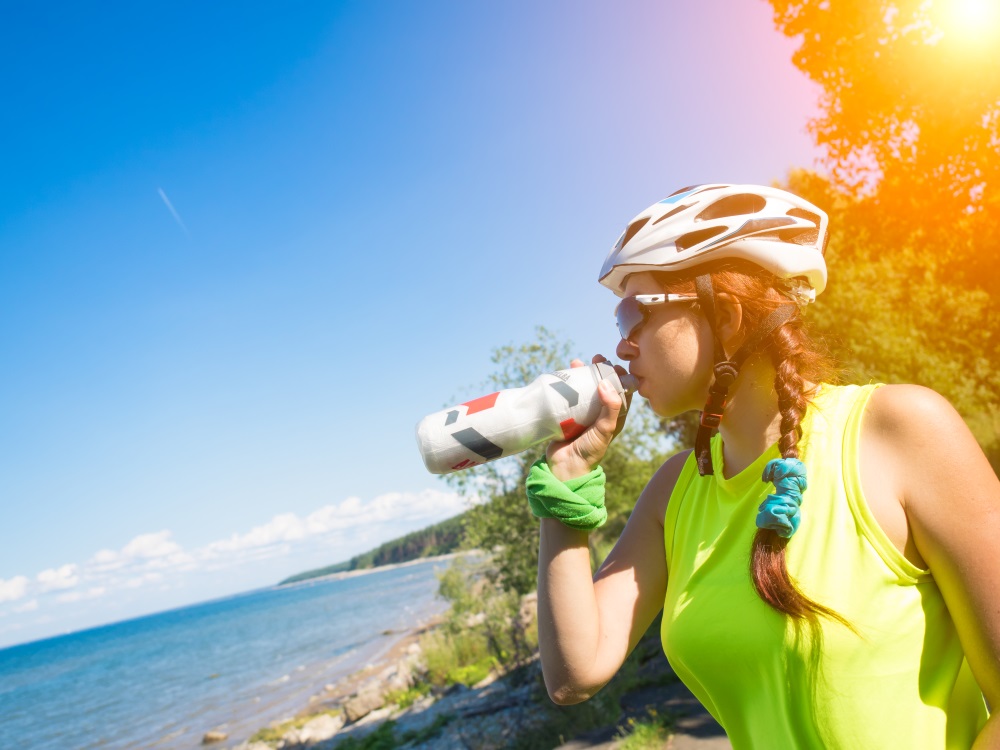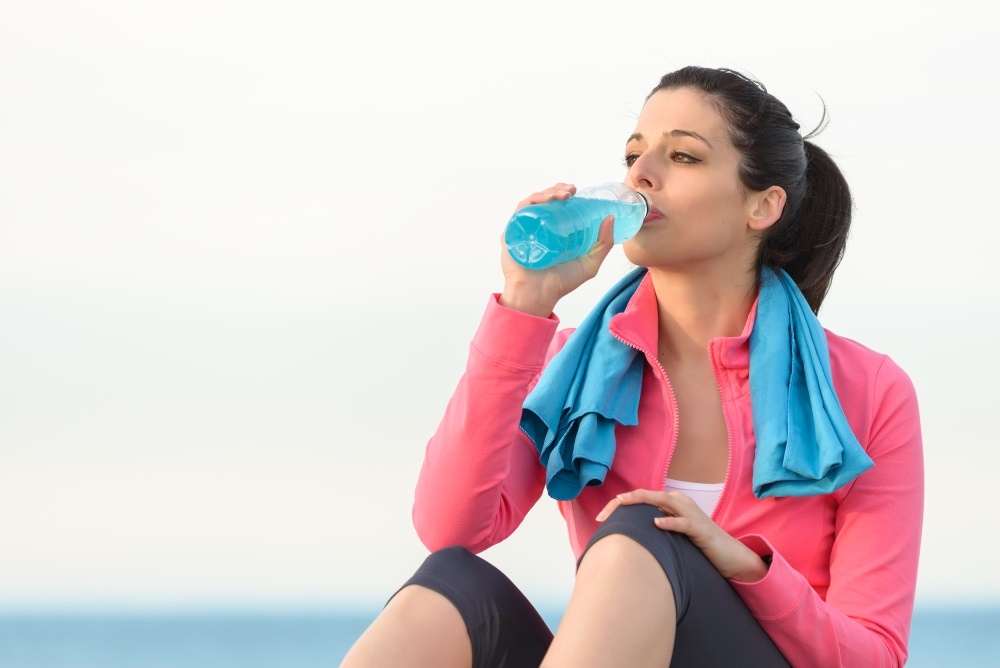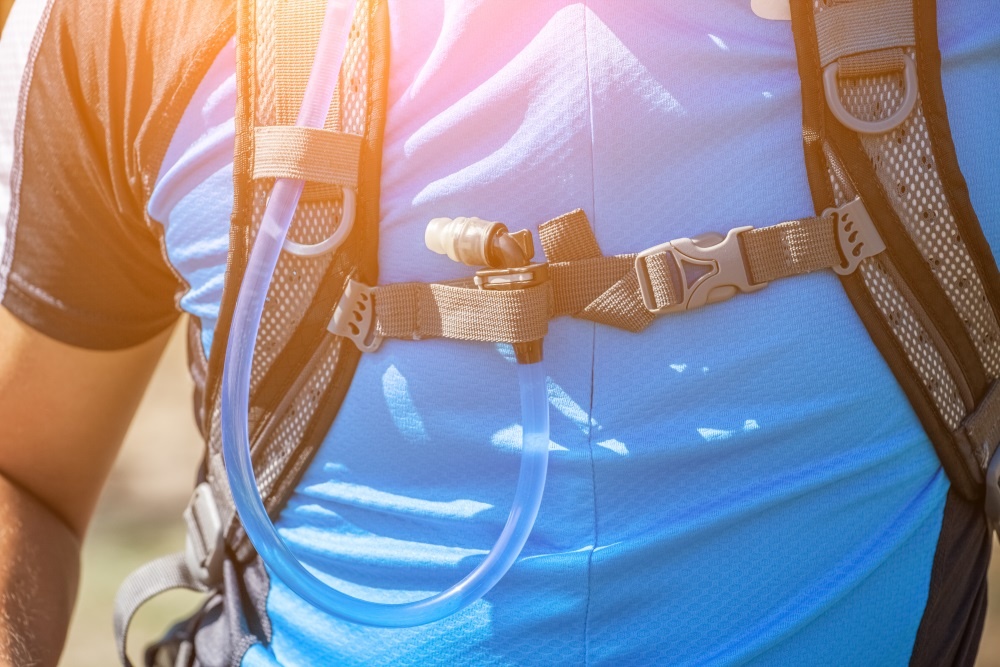By – Geoff Godsey, Former UCI Continental Professional & 3-Time TX State Criterium Champion
Lead Volunteer, Emmitt Smith Gran fondo
According to the Center for Disease Control (CDC), about 318 Americans die every year of heat related illnesses. Most, if not all, of these deaths could be avoided if people better understood the dangers associated with dehydration and other heat related illnesses. As we quickly approach the 3rd Annual Emmitt Smith Gran Fondo on September 22 and riders continue to train in temperatures frequently exceeding 100 degrees, staying properly hydrated is critical.
So, if you’re asking yourself… “Am I at risk?” the answer is we all are. Anyone who is doing any sort of physical activity for any length of time puts themselves at potential risk of suffering from a heat related illness if they don’t keep themselves hydrated. This ultimately can impact you whether your activity is inside or outside.
Anybody regularly active (inside or outside) and/or someone who naturally spends a lot of time outside (Examples: Lifeguards, construction workers, landscapers, etc.) are more susceptible to routinely being dehydrated.
Others include:
- Older population specifically 60 and above
- People with a health condition that requires them to take medication regularly
- People severely overweight (20–30lbs over healthy weight)
- Athletes training outside in the heat
- People with “low cardiac reserve” meaning those whose hearts are unable to quickly adjust to the changes caused by conditions like in extreme heat
Note: People with low cardiac reserve are typically individuals who have suffered from previous heart condition or trauma and kids (typically younger than four) usually have low cardiac reserve. They can become dehydrated very easily, even just by sitting in a house that is too hot or walking outside in hot weather.
At some point most people have heard that 50% of our body is actually water and assume that all that means is they need to drink a bunch of water. I think it is important people understand how our bodies work to keep cool and I have included a few tips that can help your body with that process. Drinking water is just one element. We are all familiar with sweating. If you are riding inside or outside, you are going to sweat. Some people sweat more than others but we all do it. Approximately 60% of the body is water, but the more important fact to note is that only about 10% of this water is in the bloodstream.
When we sweat, the majority of that water comes from the bloodstream. In fact, when you are out riding a bicycle in hot and humid conditions, you can sweat up to three liters of water, which is almost all of the water in the bloodstream. To replace the water lost from the bloodstream your body begins to pull the water from tissues (muscles, organs, etc.) and uses the fluids you drink. Normally the body will cool itself by increasing blood flow to the skin. In hot weather, blood flow to the skin may increase by as much as three times. So what does that mean? It means the heart is pumping at a higher rate to help cool the body down. As I mentioned above, this obviously becomes dangerous for individuals with heart related illnesses or conditions because their heart may not be strong enough and the blood vessels in the skin may not be able to grow enough for heat to be released through the skin. To translate, body temperature gets higher quicker, and if you do not get help cooling down you are at a greater risk to suffer from heat exhaustion or heat stroke.
So the obvious question becomes how much water should we be drinking and what else can you do when you’re riding? This is a tough question because there is really not an “absolute correct” answer. It varies depending on the individual, how much you’re riding and how long. The key is to pay attention to your activity level and make an effort to drink water as well as take some steps to help your body keep cool.
Keeping Cool Tips –
- Ice / Ice in a bag: One of the best ways to stay cool is using ice. Get a small cooler that can easily be packed in the car (about the size of a lunch box) and keep ice available. Use a sandwich bag or pantyhose so that it can be put on the back of your neck before and after your ride.
- Iced wet towel or rag: Keep a wet sport towel or rag in the cooler. Ensure it is wet so it cools down the rag and use it to wipe the back of the neck, forehead and under each arm. This will help decrease the body’s temperature.
- Sunscreen: Wear sunscreen. This helps to protect the skin, keeps it cool and can contribute to keeping your body temperature from getting too high.
- Cool Water: There are all kinds of products now available that help keep water cool. The key is “cool”. You want to try to not only drink water regularly, but drink cool water. Use insulated bottles for longer rides. Your body will absorb the cool water quicker and it will contribute to cooling the body’s overall temperature.



